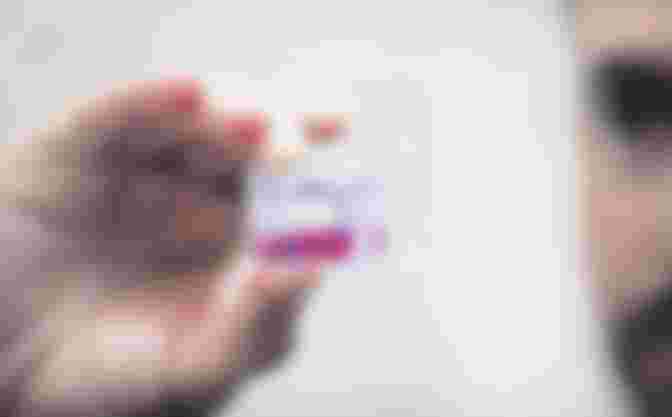And if scientists in Israel have managed to make a three-dimensional printed heart with human tissue and blood vessels, the journey from printing to transplantation will take at least ten years. This means that there will be no need for a donor, and there is no danger of organ rejection.

The heart made is the size of a rabbit, and was marked as the first to be successfully designed and printed, supplied with cells, blood vessels and chambers. In some earlier attempts, scientists printed the 3D structure of the heart, but not with cells and blood vessels. At the University of Tel Aviv, experts who published their work in the journal "Advanced Science" explained that there are many challenges before fully three-dimensional printed hearts can be used for transplants in patients. It is first necessary to test the invention on animals.

The news that there is a possibility that one day patients will not have to wait for years for a rescue organ, instills optimism in patient associations. Such an invention would change the history of medicine, especially transplantation.
This is not the only invention that has marked the history of medicine in this area in recent years. Two years ago, scientists from three American universities managed to turn a spinach leaf into human tissue. The researchers used a system to transfer fluid to the spinach leaf and made functional human heart tissue by first extracting plant cells from the spinach leaf and then injecting fluids, blood-like plastic balls and living human heart cells through a cellulose network. tissue. This technique could one day lead to the cultivation of healthy heart muscle or improve the treatments currently available to patients who have experienced a heart attack. Much is also expected from research on whether animal organs can be used for transplants in humans. An international team of scientists has taken a step forward in xenotransplantation or transplantation of organs between different species, creating genetically modified pigs whose organs are suitable for human transplantation.
Statistics say that around 19 patients die in Europe every day, this finding would save more lives.

